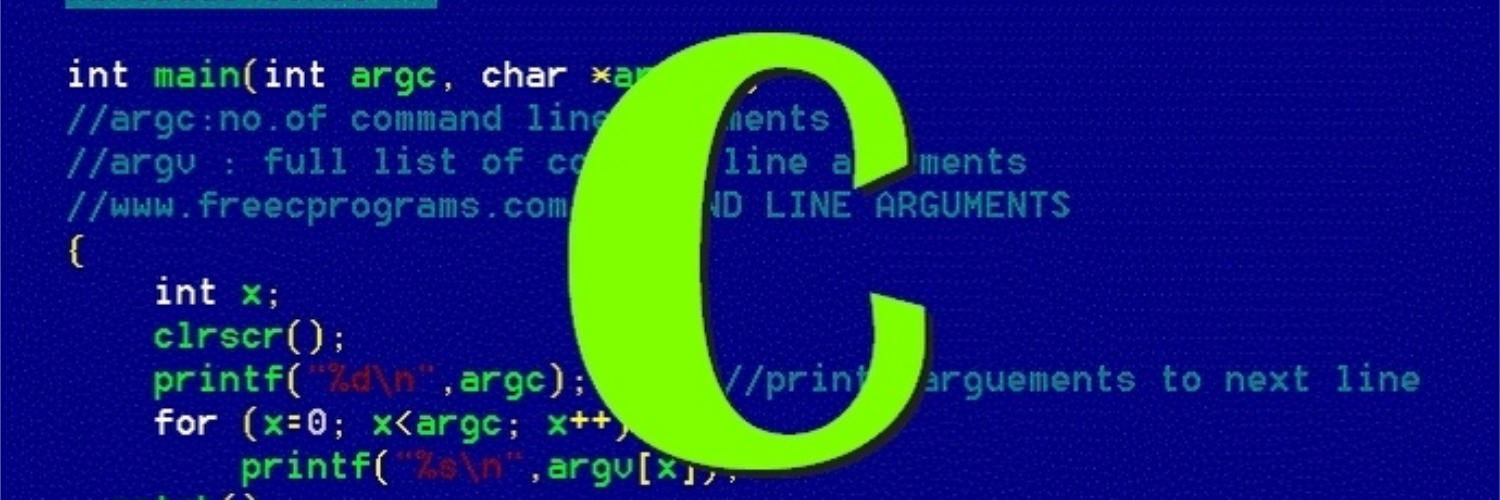
If 101 is like a crash course, then this 102 will provide much more detail.
In this 1st part, we focus on only one thing: how to draw things.
Draw Color Draw the entire view with one color.
public class DrawColorView extends View { … @Override protected void onDraw(Canvas canvas) { super.onDraw(canvas); canvas.drawColor(Color.YELLOW); } } Draw Circle Draw a circle on the view.
Pay attention that all drawXXX() functions use pixel as unit.
There are 4 ways to specify line height in CSS:
/* The number way*/ line-height: 1.5; /* The em way*/ line-height: 1.5em; /* The percentage way*/ line-height: 150%; /* The pixel way*/ line-height: 24px; In simple settings, they are pretty much interchangable. For example:
<!doctype html> <html lang="en"> <head> <meta charset="UTF-8"/> <title>Document</title> <style> p { font-size: 16px; line-height: 1.5; } </style> </head> <body> <p>I'm a paragraph.</p> </body> </html> Here p can use all 4 ways and there would be no difference.

For JavaScript beginners (I envy all of you because your brains are not damaged by this yet), () can be a huge confusion.
Example 1 const createPerson = name => {firstname: name}; console.log(createPerson("Guowei")); Of course it logs undefined. Let’s ask JavaScript what was it thinking when it executed the code.
Me: Hi, JavaScript.
JavaScript: Hi!
Me: What the heck has happened? Where is my returned object?
JavaScript: Wait. What return?

scanf is essentially a “pattern matching” function that tries to match up groups of input characters with conversion specifications.
An Example No blah blah blah, let’s see an example.
int i, j; float x, y; scanf("%d%d%f%f", &i, &j, &x, &y); // input // <space><space>1-20.3-4.0e3<ret> Here is how scanf would process the new input:
Skips the leading 2 spaces. Conversion specification: %d. The first nonblank input character is 1; since integers can begin with 1, scanf then reads the next character, -.

I came across render props when checking out Apollo GraphQL’s tutorial. Now I think I finally figured it out, I try my best to explain it as easy as possible here in my own words. The highlight is in the last part where I shed a FP light onto it. So stay tuned!
First, stop trying to understand the name render props. Instead, look at the following example.
I want to build a React Component which has 2 buttons cat and dog.




